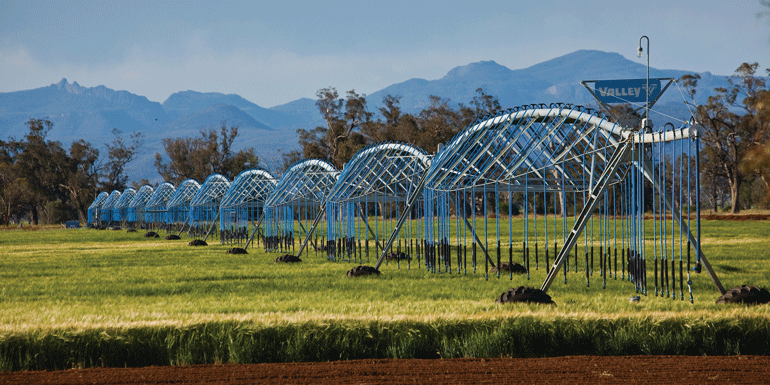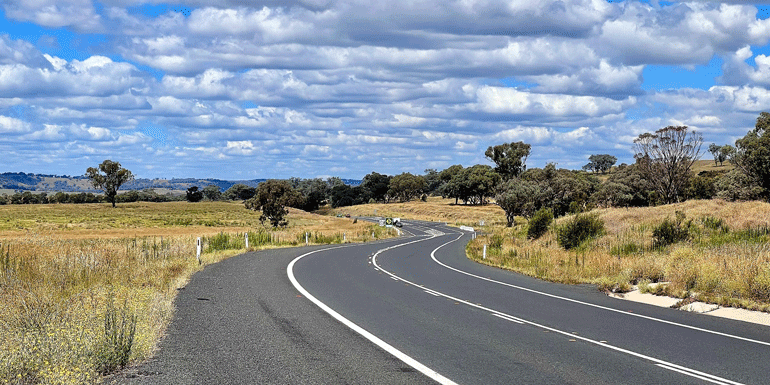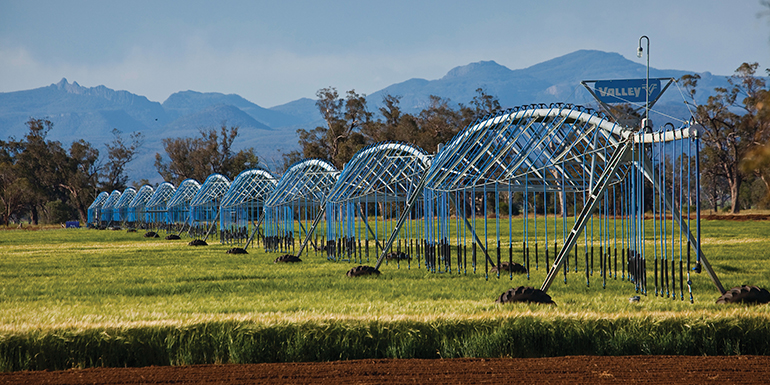About this case study
Extreme events, sea level rise, increased temperatures, reduced rainfall
State government
Medium
The NSW Intergenerational Report (IGR) is a key planning document, produced every 5 years. The report informs policies across the state government; explores how the state’s population, economy and finances may change based on global and local trends; and identifies and assesses the key long-term risks to our economy. The 2021–22 report included an assessment of key climate risks for the first time.
Nick Wood, Director of Long-Term Modelling at NSW Treasury, explains that the report has traditionally been based around demographic changes.
'Our work program considers a broad range of risks and opportunities that could impact the NSW economy and budget. The traditional focus has been on demographic trends such as ageing, but it’s clear that longer-term risks are far more complex. We now take a broader assessment of the key risks facing the NSW economy – climate change is obviously one of these risks.
In the latest report, we have developed modelling on climate risks, working with climate scientists to get the latest information and then translating these into economic implications'.

Project and outcomes
The development of the report involved assessing 5 key physical risks posed by climate change – natural disasters, sea level rise, the effect of heatwaves on workplace productivity, and the effect of climate change on agricultural production.
Nick explains that these risks were selected both because of their potential for impact and the availability of data:
Our team are economists, not climate scientists. So, we worked with the NSW Department of Planning and Environment to find existing data and studies that we could draw on. We started with a much longer list of risks but had to narrow these down to match the available data and resourcing.
The data sources for the report varied widely:
- For natural disasters, the team used 2 key sources for quantitative data: the Cross-Dependency Initiative (XDI) (which uses NARCliM regional climate projections as a data source) to model costs of damage to properties from bushfires and floods, and Munich Re insurance data, to look at cyclones and floods. This was supported by qualitative research from a variety of reports and other sources.
- For sea level rise, they used data produced by climate modelling from the NSW Department of Planning and Environment, that looked at the impact of sea level rise on the NSW coast, including inundation and erosion. They then combined this with population and housing projections to derive the implications and economic costs.
- For heatwaves, they used publicly available climate data from the Bureau of Meteorology and CSIRO providing heat estimates for every region of NSW, and then combined this with information on the geographical distribution of the workforce and projected growth.
- For agriculture, they used the land-use trade-off model developed by CSIRO, which models the estimated impacts of different climate scenarios on agricultural output.

The team developed a technical research paper on these risks. The data were brought together in a Computable General Equilibrium (CGE) model in partnership with the Centre of Policy Studies at Victoria University, which estimated the impact these risks would have on the overall economy.
The team then used their in-house Treasury IGR model to estimate the long-term impact on the NSW Budget by considering direct costs (for example, in disaster relief payments) and indirect costs arising from the impact on overall economic activity estimated using the CGE model.
Nick believes that the results of the work, presented in the IGR, provide the evidence base to drive real change. He says:
Climate change is not one separate section of government. It’s pervasive and it’s going to affect all policy areas – infrastructure, land-use planning, where industries can go, where people can live. So, this work is relevant to policy officers right across government as well as key people outside government, such as resilience practitioners, planners and industry leaders.
The IGR doesn’t make specific policy recommendations, but the scenarios can highlight some key areas of risk and opportunity which could materially impact our living standards and the NSW budget over the long term.
Climate change is one of the key drivers of those risks and scenarios. Others include changes to the workforce, productivity growth, and the impact of healthier ageing.

Learnings and considerations
Nick says how you conduct a climate risk assessment depends on what you're trying to achieve:
Many organisations are doing climate risks assessments, with a range of different frameworks and with a range of different goals. This is important – you need to find the framework that is going to answer the specific questions you face. You have to be clear on what you want to achieve because this will inform the best approach.
He also believes that staying up to date will be a key part of any process:
Climate change research is a fast-evolving space and the science is always improving, so we have to constantly update our work to provide up-to-date advice. We have an ongoing program aimed at continuous improvement – for example, we are now updating the natural disaster estimates.
We will continue to update our estimates as new data and methods are developed, particularly in areas of high strategic importance. We also consider where there may be opportunities to expand our modelling of risks beyond those we reported in the IGR – a key area of interest is the impact of changing water availability across the state. This is of clear strategic importance, but we didn’t have the data and resourcing available in time for this IGR.
We learned a lot of things during the IGR that we can now continue to improve.

Case studies

NSW councils are building climate risk into their business-as-usual planning and policies for the first time, thanks to products developed using NARCliM’s locally relevant climate modelled data.

Learn how NARCliM climate projections are being used by various NSW sectors to understand and adapt to climate change.

Climate change creates a significant risk to infrastructure, people, and the economy. The impacts from climate change, including damaging weather events, has already cost the state an estimated $3.6 billion per year.
